
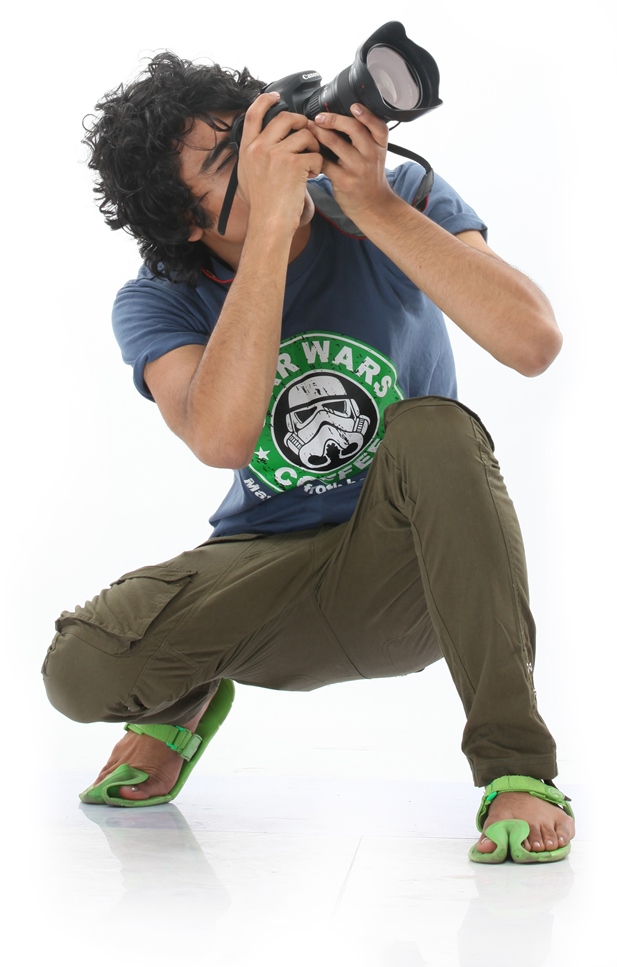

1. New photography tutorials and tips
2. Latest photography assignments
3. Photo competitions and prizes
Enter your email below to subscribe.
Have you noticed certain out of focus circles in images? Do you appreciate portrait images with blurred (out of focus) background? Does it not highlight the portrait against the overall scene? But, do you feel that it must not happen, as camera should capture what your eye is seeing. Do you see it as a defect?
It is not at all a defect; in fact, it has got lot of artistic value. We call it "The Bokeh effect". These are basically "out of focus" parts of the image. Bokeh is most artistic, when we have light sources in the scene. It creates blurred out circles of light sources, giving a distinct effect, not visible to a normal eye.
To create bokeh effect of light sources, you need some object in foreground and multiple light sources (small enough to be capture in one frame) in the background. For e.g., in the image of Christmas lights below, we need focus on any light series in the front, rest of the light sources will create the bokeh effect.
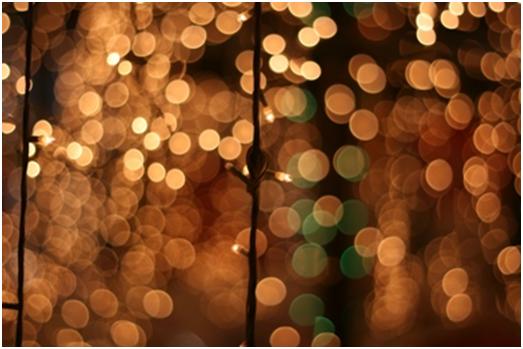
We will discuss the technical details behind it and also learn how to create bokeh effects in simple ways. (It is anyway a very simple to create it).
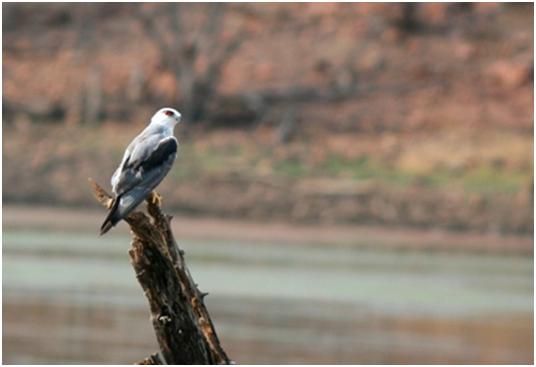
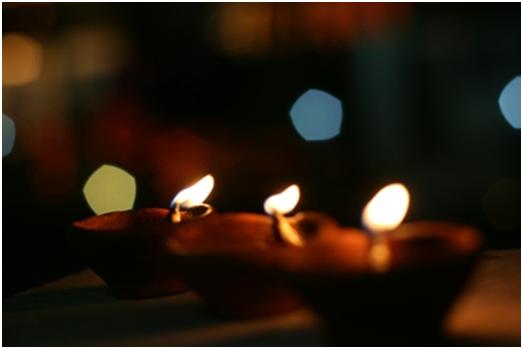
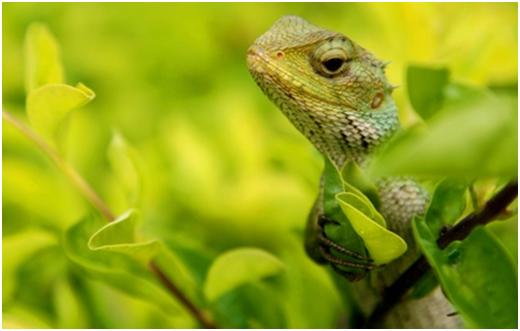
To understand and implement the concept of bokeh practically and to listen from the experts, join Indian Institute of Photography.
Indian Institute of Photography | Copyright © 2025. All Rights Reserved